Additional notes (click to expand)
Medicinal
“Hysopus. Helps cough, shortness of breath, wheezing, distillations upon the lungs, ... kills worms in the body, amends the whole colour of the body, helps the dropsy and spleen, sore throats and noise in the ears.”
"Syrup of Hysop. Mesue [ie a recipe from Mesue the Younger's 'Antidotarium' c. 1000 AD]. It mightily strengthens the breast [ie thorax] and lungues, causeth long wind, cleer voice, is a good remedy against coughs. Use it like the former [Syrup of Liquorice]."
Culpeper, Nicholas. (1650). A Physical Directory . London, Peter Cole. page 29 and 86
Traditional Herbal Medicine Registration (THMR).
Nomenclature
A synonym of Dracocephalum officinalis
https://powo.science.kew.org/taxon/urn:lsid:ipni.org:names:3304211-4
Other use
In the King James’ Bible New Testament translation, a sponge soaked in sour wine or vinegar was stuck on a branch of hyssop and offered to Jesus of Nazareth on the cross just before he died (John 19:29) – but this phonetic transliteration of ezob may not have been the same plant
Oakeley, Dr. H. F. . (2013). The Gardens of the Pharmacopoeia Londinensis.
link
Toxicity
Geographical distribution
- Africa, Northern Africa, Algeria
- Africa, Northern Africa, Morocco
- Asia-Temperate, Caucasus, North Caucasus
- Europe, Eastern Europe, Ukraine
- Europe, Middle Europe
- Europe, Southeastern Europe
- Europe, Southwestern Europe
Hyssopus officinalis L.
Family: LAMIACEAEGenus: Hyssopus
Species: officinalis L.
Common names: Hyssop
Pharmacopoeia Londinensis name: Hyssopus
Distribution summary: N. Africa, W. Asia, Europe
Habit: Sub-Shrub
Hardiness: H7 - Very hardy
Habitat: rock ledges, dry hills
Garden status: Not currently grown
Flowering months: July, August, September
Reason for growing: Medicinal, other use, traditional herbal registration
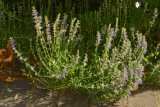
.JPG)


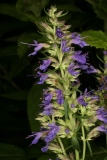

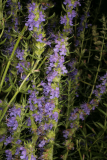



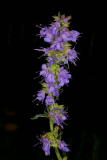
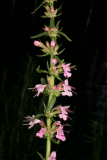
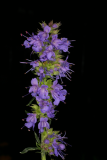
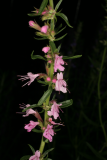
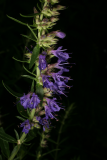


.JPG)